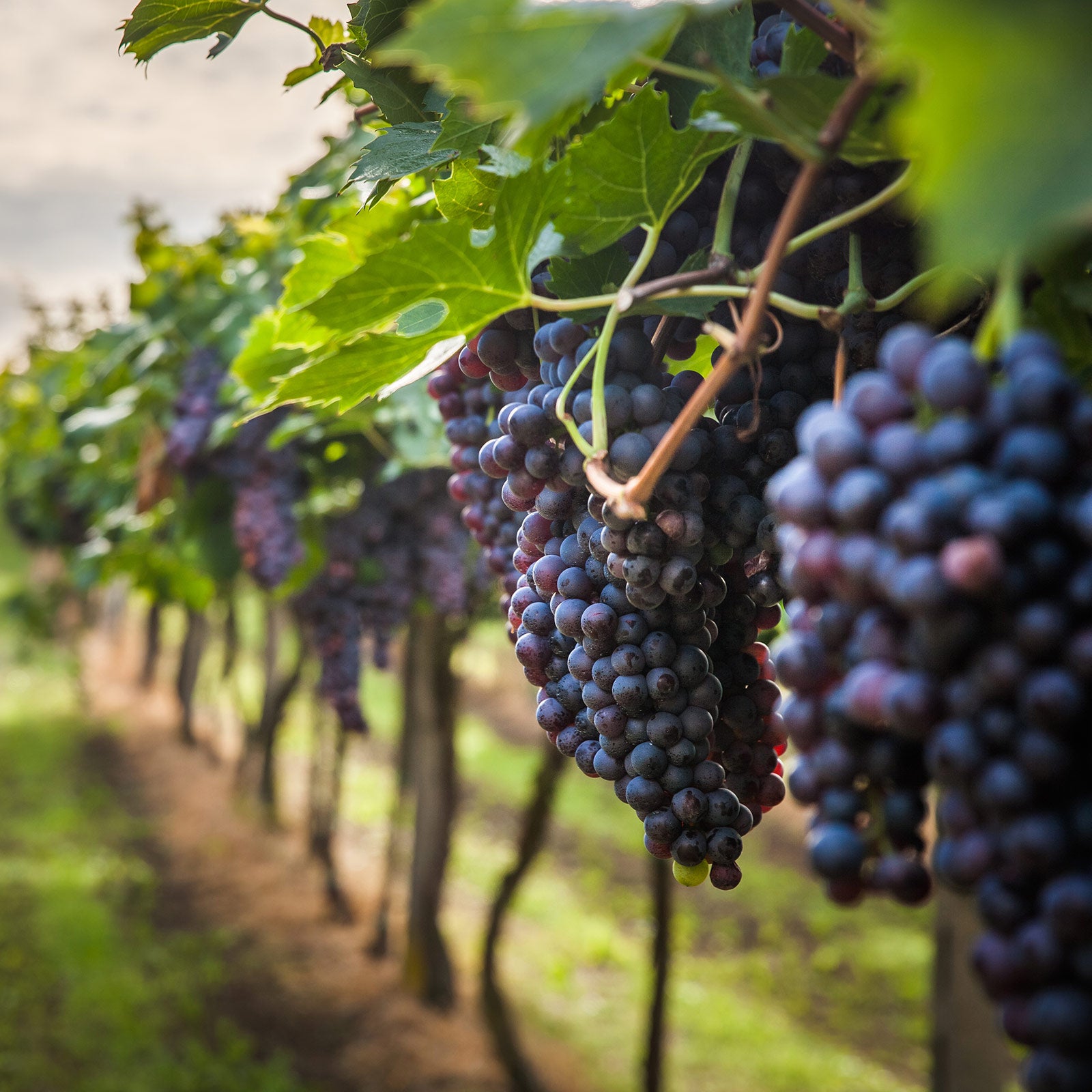A first, rough, cause of the cloudy appearance of the wine could be the poor or incorrect decanting that the cellarman carried out to free it from sediments. It must be said that in quality wines, processed correctly, this risk is not run. You are more likely to find the farmer's "homemade" wine "dirty". The spontaneous clarification process can be facilitated and strengthened through oenological technical interventions.
There clarification is a very ancient winemaking practice, which relatively recent studies and research have made rational. In practice, when the clarifying substance is added, the formation of very minute flocs occurs in the wine which gradually enlarge and fall to the bottom of the container, dragging all the corpuscles that are in suspension. The part of the liquid above the precipitated deposit is perfectly clear and is separated from the cloudy one by simple decanting. The clarifying substances can be of organic or protein origin (egg albumin, gelatin, serum albumin, casein etc.) and inorganic (bentonite, silica sol etc.)
The degree of clarity obtained with clarification operations can be improved by filtration , an operation which consists in passing the wine through layers or porous membranes which have the purpose of retaining any turbid particles still in suspension.
There are numerous types of filters used in winemaking practice: roughers, brighteners, sterilizers. They are supported by the use of materials that have the property of retaining the various substances in suspension: cellulose, often mixed with cotton fibres; diatomaceous earth, a fine and very light powder made up of the siliceous remains of microscopic algae; perlite, obtained from finely ground and heat-treated volcanic rocks.
It is clear that these cellar practices require oenological skills and adequate equipment. However, clarity, acquired with natural rest or clarification, is not necessarily definitive: until it is stabilized, the wine is susceptible to modifications and consequently to "breakages" of balance. They are the so-called cassettes (oxidative or chemical), with which the color and clarity are altered.
But is everything that "twists" in the wine an indication of bad quality? Not necessarily.
If the particles perpetually in suspension (turbidity) constitute, as we have seen, a serious and often irremediable defect, the elements that settle at the bottom of the bottle (deposit) are generally tolerable. Do you find small crystals at the bottom of a bottle of white wine? They are harmless precipitations of tartrates and mean that the wine has "felt the cold".
Does an important red with a few years of aging have a dusty sediment? These are the coloring substances (tannins and anthocyanins) which polymerize and become insoluble due to chemical-physical phenomena that occur during aging. They do not affect the quality at all, on the contrary they mean that that wine, before being bottled, has been stripped as little as possible of its unstable constituents and has undergone few treatments. In some cases, the deposit, rather than collecting at the bottom, adheres to the walls of the bottle ("jacket"). These are hydrolysed coloring substances and are generally indicative of a very old wine, vinified in the "old way". The "shirt" is, however, absolutely intolerable in young, just bottled wines.
Today the tendency of many producers is to market "finished" wines, i.e. without substances that can easily ferment and, therefore, cause deposits.
A small addition of sulfur dioxide at the time of bottling temporarily neutralizes the surviving ferments. If sterile filtration or pasteurization is then used, any microbial residue is eliminated. In the latter case, we will have absolutely clear wines - and stable in clarity - to the detriment, however, of the liveliness of the wine, which certainly loses aromas and bouquet. We therefore accept the deposit, a sign of a rich wine, alive and active in its aging. The important thing, for tasting purposes, is that the deposits remain stationary at the bottom of the bottle.
So:
- if the bottle has been stored lying down, leave it standing for some time before consuming it;
- precaution when uncorking it: no shaking;
- decant, or delicately pour into a carafe;
- store the wine in a cellar with a fairly constant temperature (around 12°C, with a tolerance of oscillation of a couple of degrees more or less). Below 10°C (think of winter temperatures that drop to zero) the wines feel the cold: the tartrates or coloring substances precipitate and adequate maturation does not occur. Above 10°C the heat causes the yellowing and maderization of the whites and "awakens" the bacterial flora which can resume its activity triggering inappropriate fermentations (if in the wine there are residues of sugar to be processed or malic acid to be transformed) or by attacking other substances (such as pentoses, non-fermentable sugars).



